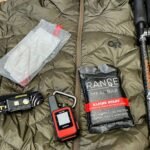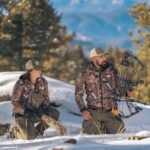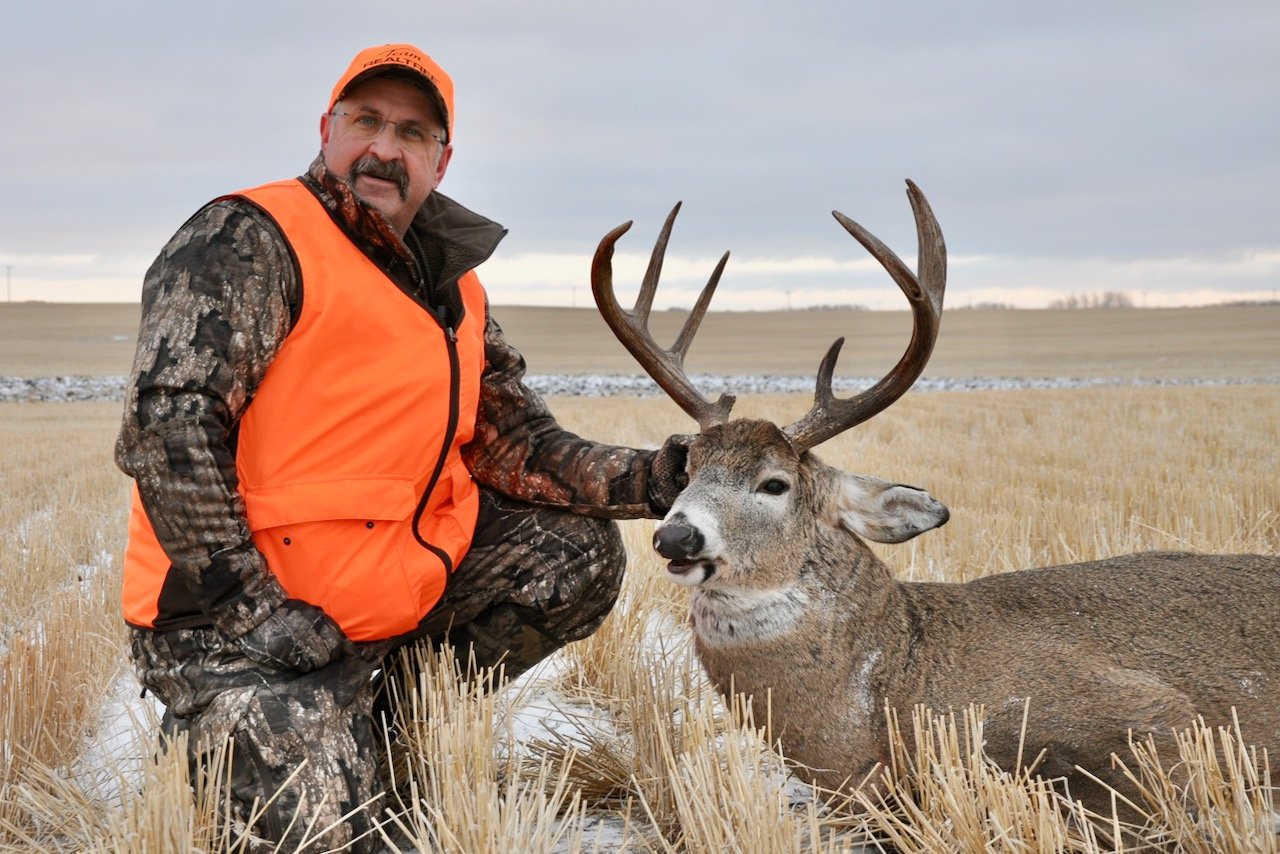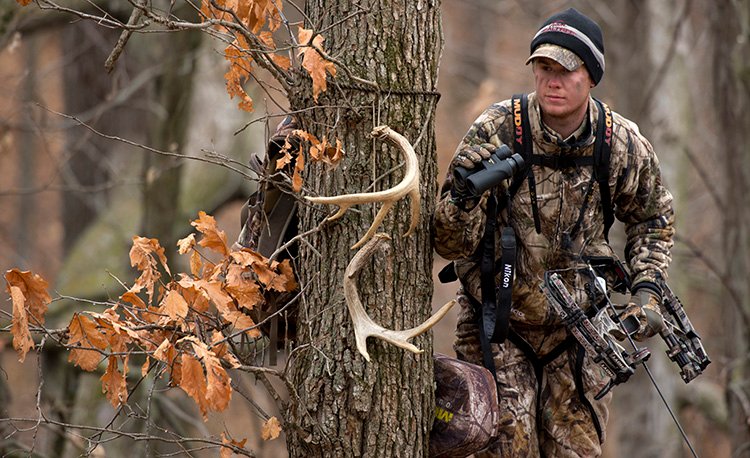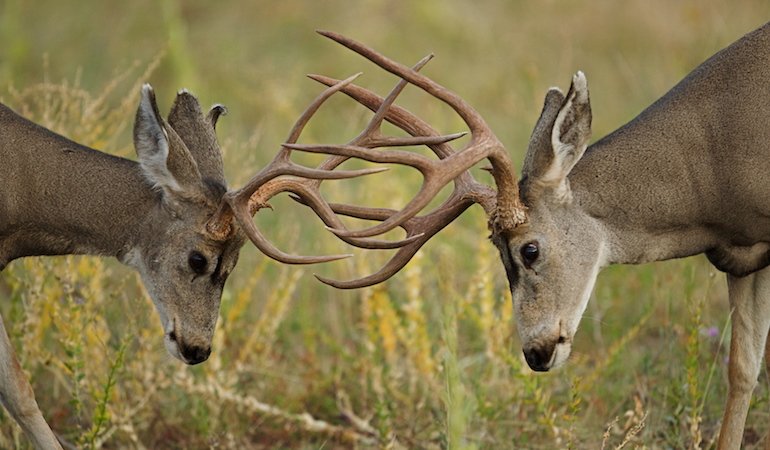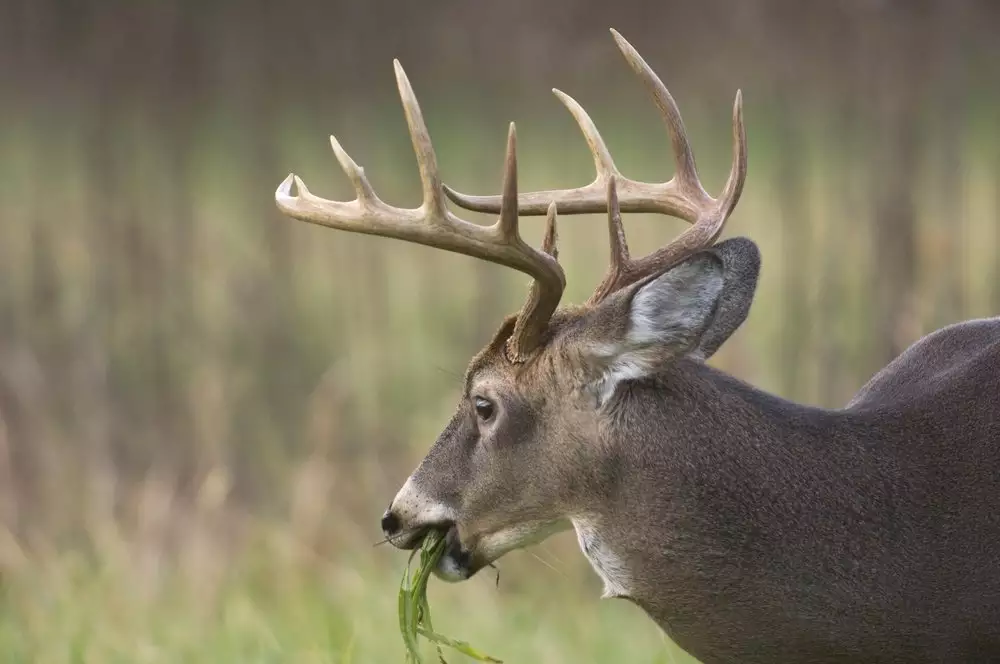Deer calls are a valuable tool in any hunter’s arsenal, as they can attract deer by mimicking the sounds they make. Whether you’re using calls to simulate a doe in estrus or to communicate with a buck, knowing when and how to use different calls can significantly improve your chances of success. Here’s a guide to using deer calls effectively:
1. Understand the Types of Deer Calls
There are several types of calls, each with its specific use:
- Grunt Calls: Used primarily for attracting bucks, grunt calls simulate the vocalizations made by male deer. Bucks often grunt when they’re searching for a mate or asserting dominance.
- Doe Bleats: Doe bleats are used to mimic the sounds of a doe, particularly during the rut. This call can attract bucks looking for a mate and is most effective when a buck is actively searching for does.
- Estrus Bleats: This type of call mimics the bleating of a doe in estrus, signaling to bucks that she’s ready to breed. It’s highly effective during the rut when bucks are on the lookout for receptive females.
- Rattle Calls: Rattle calls mimic the sound of two bucks fighting and are used to attract other bucks who are in competition or seeking to establish dominance. This call works best during the peak of the rut.
2. Timing is Crucial
Timing your calls correctly can make a significant difference in whether or not you attract deer. During the rut, calls become more effective as bucks are actively searching for does. However, outside of the rut, calls may not be as successful. Grunting or rattling can also attract non-target deer, so be mindful of when and how often you use calls.
3. Use Calls in Moderation
Deer can become cautious if they hear calls too frequently. Use them sparingly to avoid overcalling and making deer suspicious. Start with soft calls and gradually increase their intensity as you gauge the deer’s response. Pay attention to the environment and adjust your calling tactics accordingly.
4. Experiment with Different Techniques
Don’t be afraid to experiment with different types of calls to see which ones are most effective in your hunting area. Each deer’s response can vary depending on location, time of year, and weather conditions. Practice your calling techniques in the off-season to build your skill and improve your chances in the field.
5. Use Calls in Combination
For a more effective strategy, combine different calls. For example, start with a doe bleat to attract a buck, then follow it up with a grunt to simulate the presence of other deer in the area. Combining calls can help create a more convincing scenario and increase the likelihood of attracting your target.

6. Be Aware of Wind and Direction
Always be aware of the wind direction when using deer calls. If the wind is blowing toward the deer, they may catch the scent of your presence before they hear the call. Ensure that you’re calling into the wind or from a position where the deer won’t be able to detect your scent.
7. Be Patient and Observant
After using a deer call, give the deer time to respond. They may be cautious or take a while to approach, so be patient and stay quiet. Watch for any signs of movement or deer activity and adjust your calling strategy based on their responses.
Conclusion
Using deer calls effectively requires practice and an understanding of when and how to use them. Whether you’re trying to attract a buck or simulate the presence of a doe, using calls can be a powerful tool in your hunting strategy. Be patient, moderate your calls, and pay attention to the wind to ensure your success.



